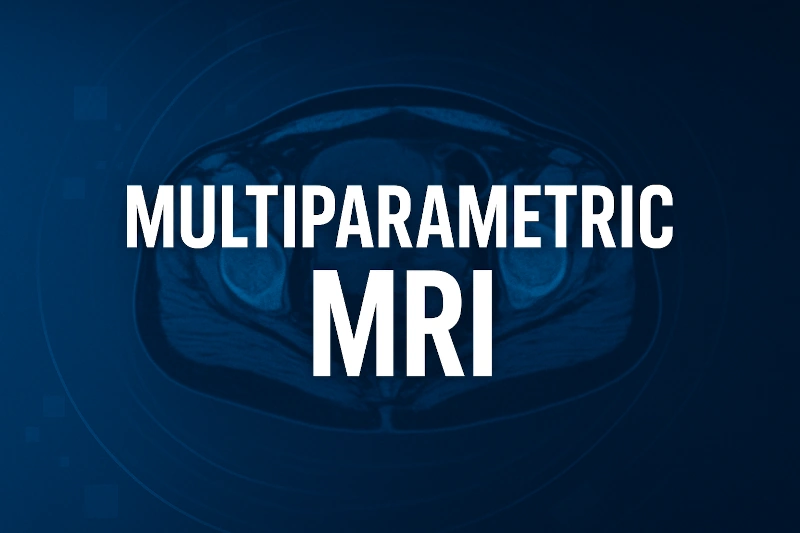As Prostate Cancer Awareness Month approaches this September, healthcare providers across the country will see an uptick in patient visits, screenings, and diagnostic imaging requests. Prostate cancer is one of the most common cancers among men, with the American Cancer Society estimating over 299,000 new cases in the U.S. in 2024 alone. Early detection remains the most effective tool for improving patient outcomes, and advanced imaging—particularly prostate MRI—has become an essential part of that process.
For hospitals, imaging centers, and clinics, this influx of patients means one thing: the demand for timely, accurate imaging reads will rise significantly. Facilities that aren’t fully staffed with subspecialty-trained radiologists may struggle to keep up. That’s where teleradiology solutions play a vital role.
The Growing Role of Imaging in Prostate Cancer Care
In recent years, multiparametric MRI (mpMRI) has become a preferred method for detecting and staging prostate cancer. Compared to traditional biopsies alone, MRI provides greater accuracy in identifying clinically significant cancers while reducing unnecessary procedures.
For urologists and oncologists, having access to radiologists who are experienced in prostate MRI interpretation is critical. Accurate reads directly impact treatment planning, guiding whether patients undergo biopsy, surgery, radiation, or active surveillance. Without access to subspecialty-trained radiologists, facilities risk delays and diagnostic errors—two challenges that can have serious consequences for patient care.
Why Facilities Struggle During Awareness Campaigns
Awareness campaigns like Prostate Cancer Awareness Month are crucial for encouraging men to get screened, but they often create short-term spikes in demand for imaging services. Facilities may find themselves in one of several common situations:
-
Limited staffing: Not every hospital has fellowship-trained genitourinary radiologists available around the clock.
-
Backlogged imaging reads: A sudden rise in prostate MRI requests can overwhelm even well-staffed radiology departments.
-
After-hours gaps: Many facilities struggle to cover night and weekend shifts, when urgent cases still require prompt reads.
These challenges can lead to slower turnaround times, delayed treatment decisions, and increased stress on healthcare teams.
How Teleradiology Bridges the Gap
Teleradiology offers a practical and scalable solution to these pressures. At Vesta Teleradiology, our network of subspecialty radiologists is available 24/7/365 to support facilities with prostate MRI interpretation and other critical imaging reads. By partnering with a trusted teleradiology provider, hospitals and clinics can:
-
Expand subspecialty access: Even if your in-house team lacks fellowship-trained radiologists, you can still deliver high-level care.
-
Maintain fast turnaround times: Handle spikes in imaging volume without increasing wait times for results.
-
Ensure accuracy: Reduce diagnostic errors by relying on subspecialists trained in genitourinary imaging.
-
Stay fully staffed after-hours: Provide continuous coverage during nights, weekends, and holidays.
Preparing Now for September
As September approaches, healthcare providers should take proactive steps to ensure they can handle the expected rise in prostate cancer screenings and imaging studies. Partnering with a teleradiology provider like Vesta ensures your team is ready—not only for the annual awareness campaign, but also for ongoing patient needs throughout the year.
Prostate cancer care depends on early, accurate, and timely diagnosis. With more men taking action during Prostate Cancer Awareness Month, your facility has an opportunity to make a significant difference in patient outcomes. Don’t let limited staffing or subspecialty gaps slow you down—be prepared with the support of experienced teleradiologists.


 The Growing Demand for Subspecialty Reads
The Growing Demand for Subspecialty Reads